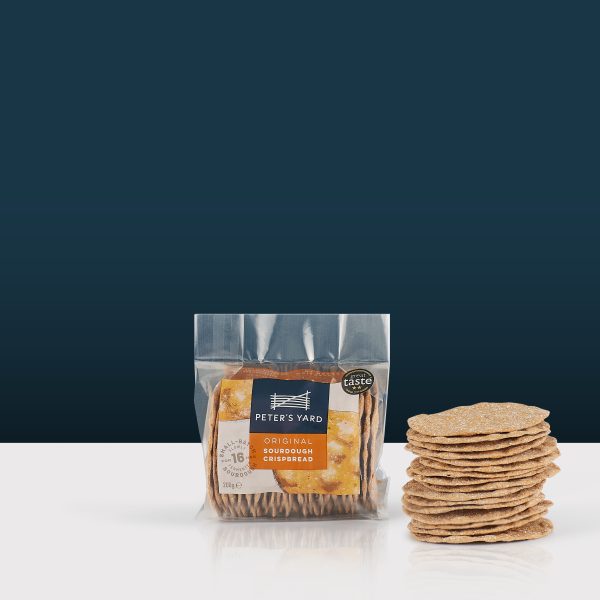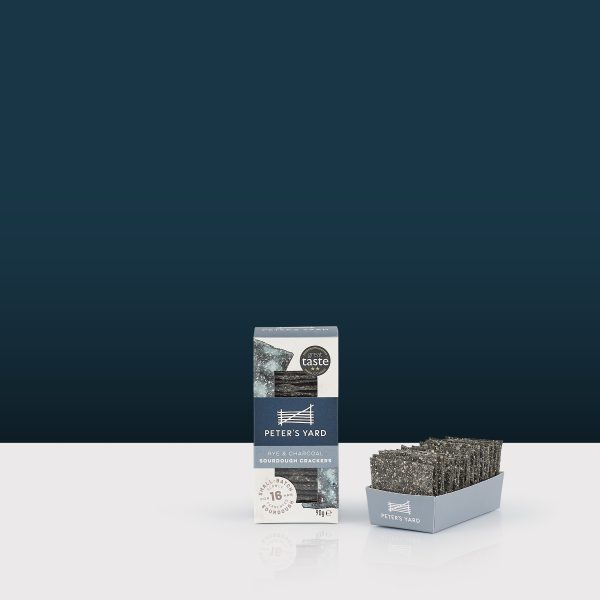There are over 750 cheeses produced in Britain today, from classic cheddars to more unusual modern varieties. But just sixty years ago, Britain’s cheese industry was in a pretty poor state. The Second World War and its rationing system had forced all cheesemakers, both big and small, to produce a single type of cheese called Government Cheddar – meaning all the unique farmhouse varieties ceased to exist.
However, as the regulations were relaxed, different varieties – both old and new – began to reappear on shop shelves. Traditional favourites such as Cheshire and Red Leicester were made alongside modern cheeses such as Cornish Yarg and Stichelton. Today, the UK is home to some of the best cheeses in the world. It is held in the same high regard as curd and rennet heavyweights such as France and Italy.
With all these new varieties appearing in farm shops, delis, cheese counters and supermarkets up and down the country, any self-confessed fromageophile should know the differences between the five main categories British cheeses fall under. Here’s a basic introduction, so you can instantly tell whether Stinking Bishop is classed as semi-soft or soft, when a goat’s cheese is deemed fresh, or why the majority of traditional British cheeses (known as ‘territorials’) fall into the hard category.
Fresh
Examples: cream cheese, cottage cheese, Colwick. Pair with our Rosemary & Sea Salt sourdough crackers.
Fresh cheeses are made to be eaten as soon as they’ve been made. There’s no need to let them age or mature whatsoever. Because of this they still contain a lot of moisture, so don’t last anywhere near as long as drier, firmer cheeses. Because they’re not ripened like other varieties, fresh cheeses tend to be milky white in colour with a bright, fresh and sweet flavour. In the UK, the majority of artisan fresh cheeses are made using goat’s or ewe’s milk, although there are some British producers making fantastic versions of continental varieties such as mozzarella, halloumi and ricotta.
Hard
Examples: cheddar, crumbly Lancashire, red Leicester. Pair with our Poppy Seed sourdough crackers.
The majority of British cheeses fall into this category. Almost all our historic varieties – known as territorials – are made in this way. The cheese is pressed after being made to remove as much moisture as possible. This means it will last longer and develop a stronger flavour. The cheese can be pressed and then matured for anything from one month to over two years, allowing for a huge variety of textures and flavours.
Younger hard cheeses tend to be crumblier in texture with a fresh, lactic and lemony flavour (think Wensleydale or Cheshire). More mature varieties develop salt crystals, making them crunchy and more savoury (like cheddar and Lincolnshire Poacher). All types of milk are used to make hard cheeses. As well as being pressed, some varieties are bound in cloth, aged in caves, blended with herbs and spices or smoked.
Soft
Examples: Somerset Brie, Bath Soft, Kidderton Ash. Pair with our Pink Peppercorn or Rye & Charcoal sourdough crackers.
This category is traditionally associated with France, the birthplace of Brie and Camembert – two of the world’s most famous soft cheeses. But the past few decades has seen a swathe of new British cheesemakers beating the French at their own game, producing fantastic soft varieties that are just as good as their continental counterparts.
Like fresh cheeses, soft varieties have a high moisture content, but have been allowed to ripen and mature so they can develop a more complex flavour. The curds are left to settle rather than being pressed. They almost always develop a ‘bloomy’ rind, which is created by spraying a mould such as pennicillium candidum or penicillium camemberti over the surface. This is what gives soft cheeses their velvety, oozing texture. The bacteria in the rind slowly breaks down the fats and proteins in the cheese, resulting in a creamy, runny centre. While most soft cheeses are made in a similar way to Brie or Camembert, there are some more unusual varieties. These are usually made with goat’s milk and come in the form of a log, are rolled in ash or flavoured with spices.
Semi-soft
Examples: Stinking Bishop, Cornish Yarg, Wigmore. Pair with our Original sourdough crackers.
There are a number of British cheeses – particularly the more modern ones – which sit between soft and hard in terms of texture. Naturally, these fit into the semi-soft (also known as semi-hard) category. They tend to have either a rubbery texture (such as the nettle leaf-wrapped Cornish Yarg) or are more similar to soft, bloomy rind cheeses, with a centre that’s still smooth and creamy that stops short of becoming runny.
Washed-rind cheeses tend to fall into the semi-soft category. These are cheeses that have been brushed, soaked or sprayed with liquid – usually brine or alcohol – during maturation. This results in amazing rinds full of colour and texture as well as a particularly pungent smell (Stinking Bishop is the most famous example). However, they usually taste much milder than their aroma suggests. It’s the rind that delivers the more complex smell and flavour.
Blue
Examples: Stilton, Blacksticks Blue, Shropshire Blue. Pair with our Fig & Spelt sourdough crackers.
While some people are put off by the look, flavour or just the idea of blue cheese, many more are obsessed with its incredible taste and texture. Any of the above styles of cheese can be turned blue with the introduction of penicillium roqueforti – a type of mould that’s either sprayed or injected into cheese during production. The bacteria begin to affect proteins in the cheese, resulting in the appearance of green, blue-grey or blue pieces of mould.
The most famous British blue is of course Stilton. But there are many other varieties now available, made using all types of milk and ranging from soft to hard. While it is one of the most difficult cheeses to produce (the introduction of the mould means blues must be aged or matured in strictly controlled conditions) it also results in some of the most amazing flavours found in British cheese.
Article and image courtesy of Great British Chefs




